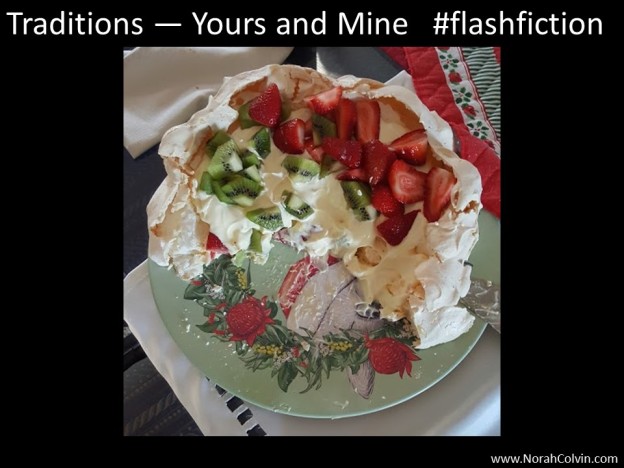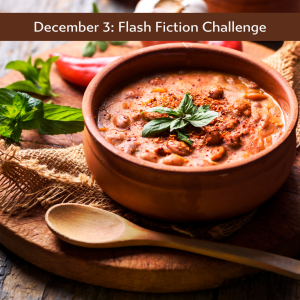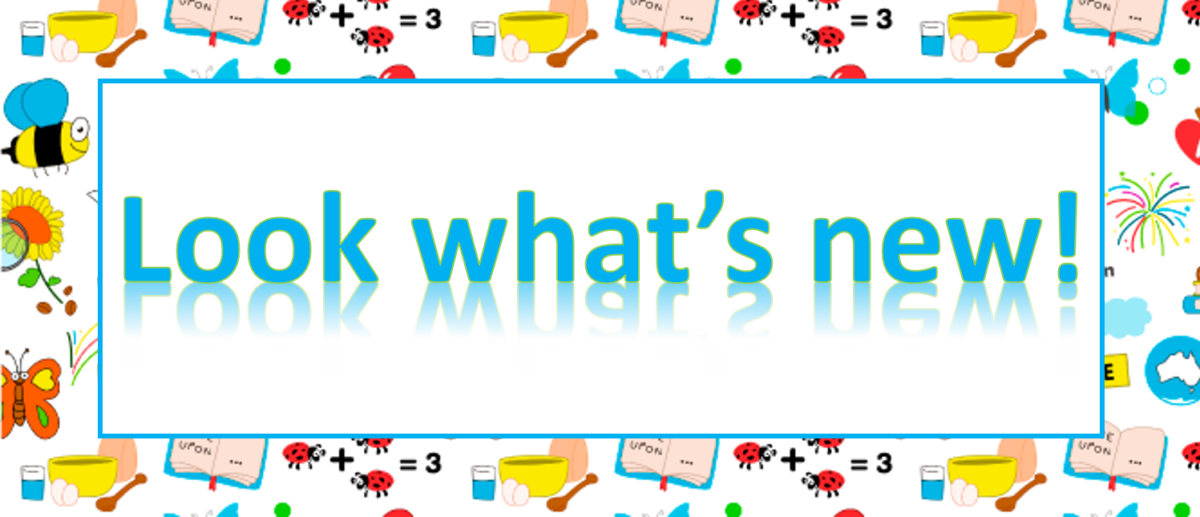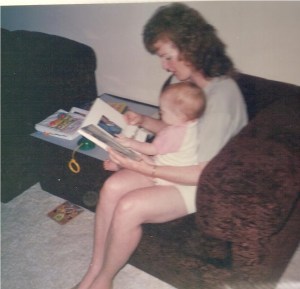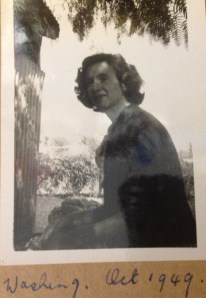As the countdown to the end of the school year and the Christmas holidays gets underway, here at readilearn, we ensure that learning continues when the Christmas fun begins.
Who celebrates Christmas?
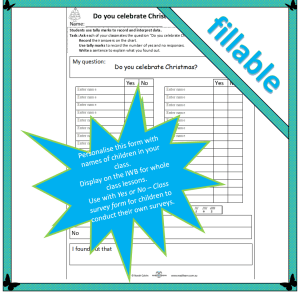
Do you know which children in your class celebrate Christmas with their families? Conduct a survey to find out. While you may already know, the survey can be an interesting way to begin discussions of different cultural traditions celebrated by children in your class.
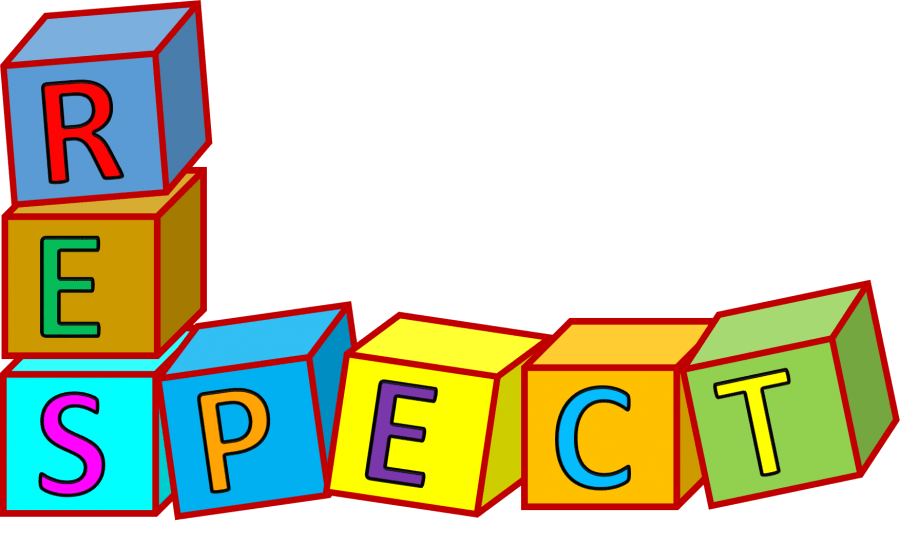
These discussions should always be respectful and inclusive. It is essential for children, and all of us, to see that what we have in common is more important than any differences.
How many school days until Christmas?
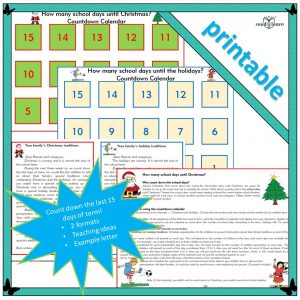
This calendar helps to count down the last fifteen days of term and provides an opportunity for children to present information about their family’s traditions. The Countdown Calendar can be used to countdown to Christmas or, for inclusivity, to the holidays.
Inclusive friendship trees
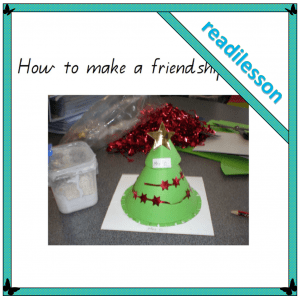
Build self-esteem and confidence as well as friendship skills with Friendship trees. They are easy to make and are a great way to ensure the children keep thinking friendly thoughts about each other.
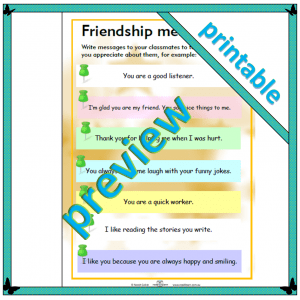
Children make their own friendship tree and, every day, they write anonymous positive messages of friendship and affirmation to place in each other’s trees. At the end of the term, children take their trees home to read and enjoy over the holidays.
A template for the trees, examples of friendship messages, and editable message strips for distribution to the children are also available.
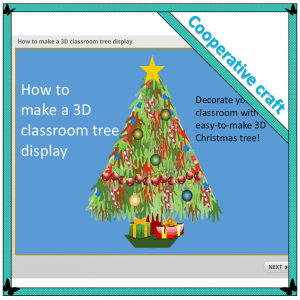
Another fun way to encourage the children to work together on a joint project of which they can be proud is to create a 3D classroom tree display. While children are proud of their individual contribution, they recognise the importance of everyone working together. The tree becomes a visible reminder of the importance of team work. It can be the focus of a beautiful classroom display.
Christmas Activity Book
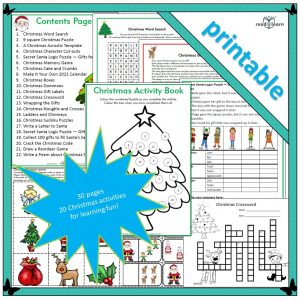
The Christmas Activity Book has 30-pages and 22 different activities, and is perfect for use at home or in the classroom.
It includes:
- games to play alone
- games to play with others
- literacy activities
- maths activities
- word puzzles
- number puzzles
- logic puzzles
- poems to write
- and much more.
Advent Activity Calendar
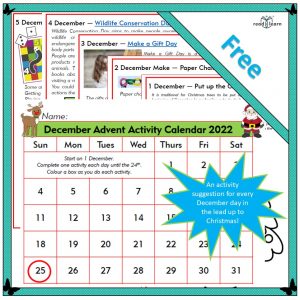
The December Advent Activity Calendar 2022 suggests an activity a day for each December day in the lead up to Christmas. Twenty-four easy, fun activities for children and families.
Literacy
Continue reading: Getting ready for Christmas with Lessons and Activities for P-2 – readilearn



